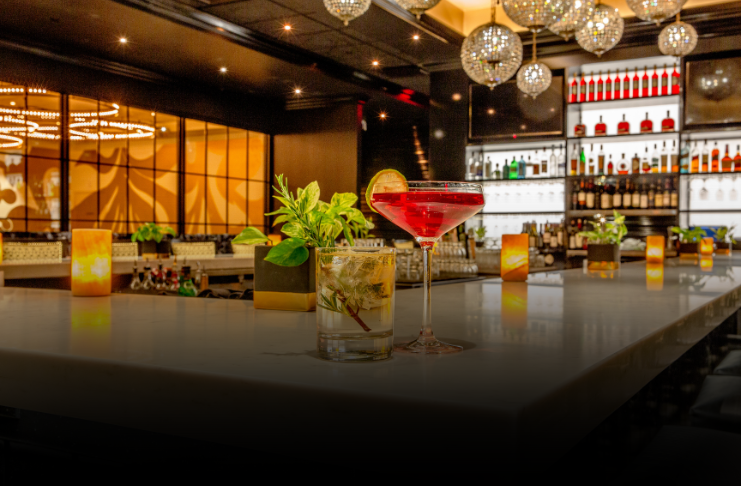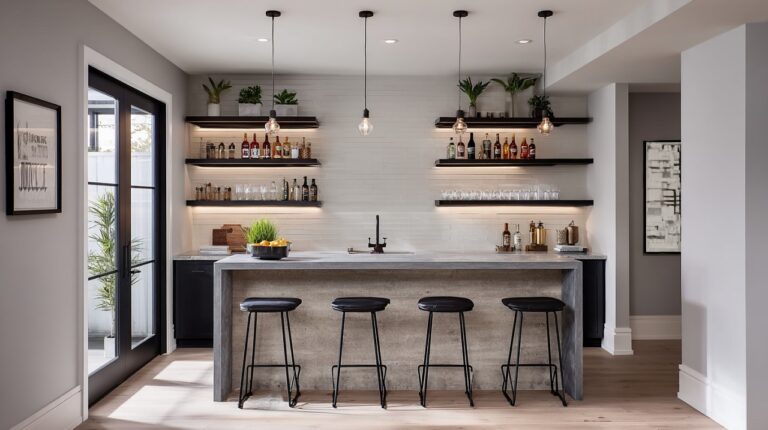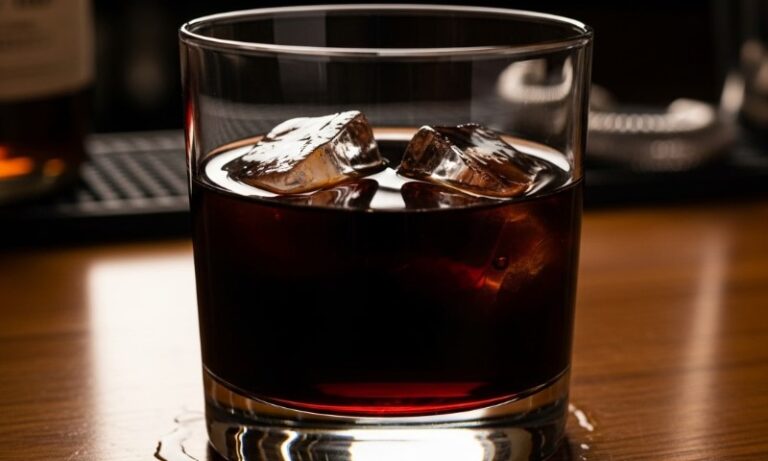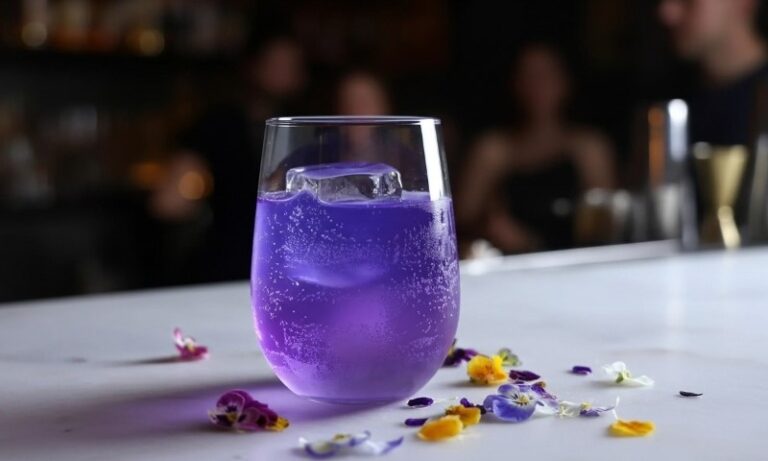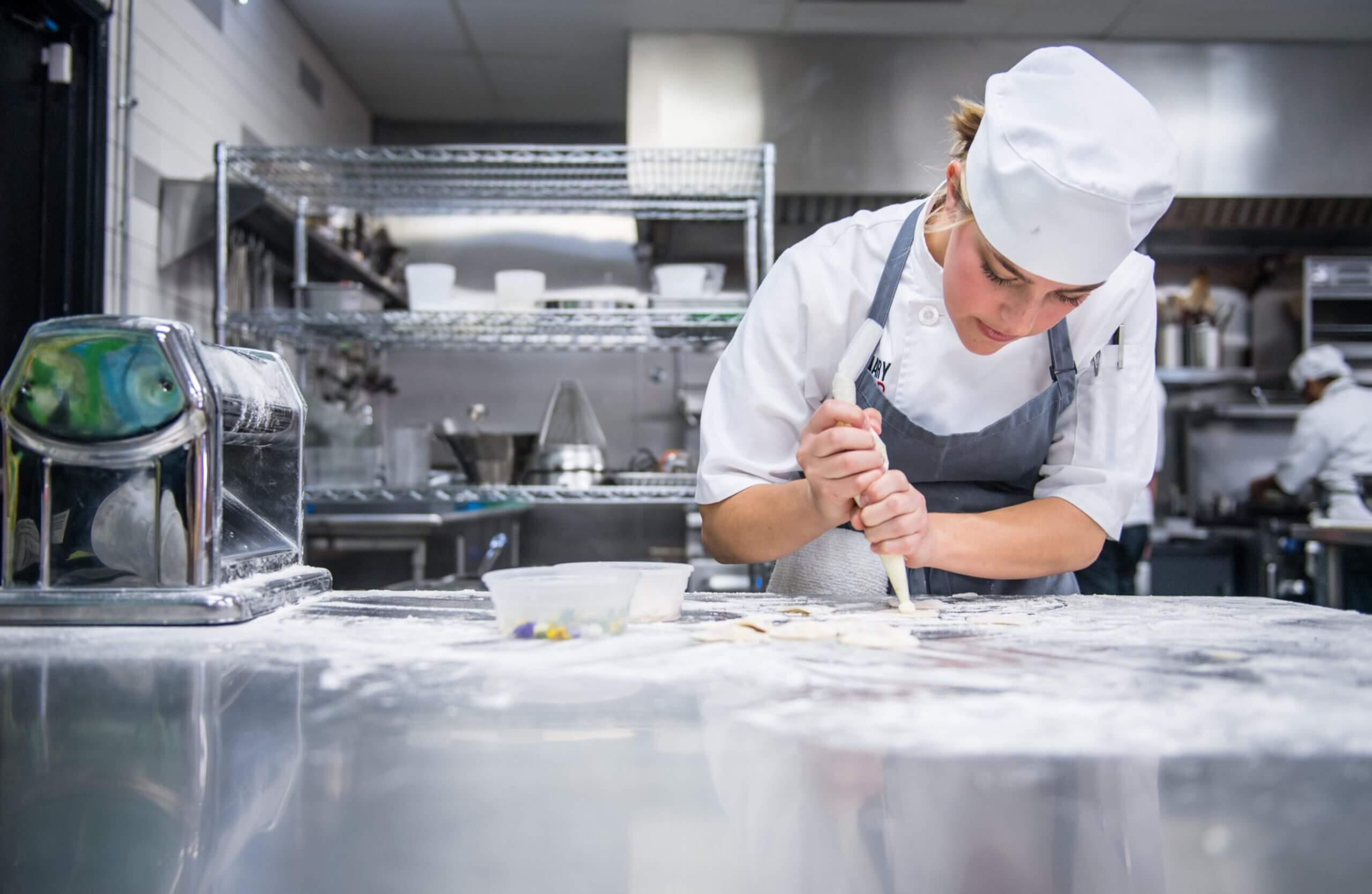I have always been fascinated by how the word “authenticity” gets thrown around in food conversations.
In pastry making, it seems to carry both a sense of nostalgia and an invisible set of rules that no one fully agrees on.
My view is simple: authenticity is not a fixed destination.
It is shaped by culture, memory, and the creative choices we make in the kitchen.
The Myth of Authenticity
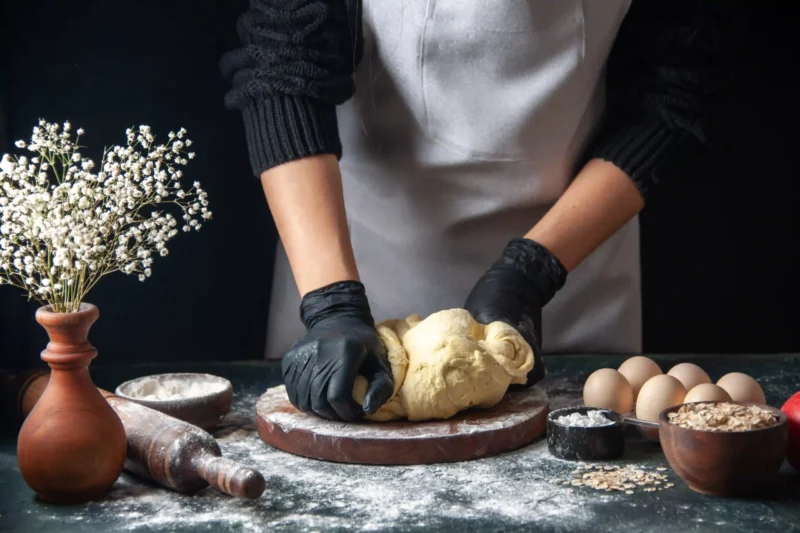
When I first stepped into professional pastry work, requests for “authentic” versions of classic desserts came almost daily.
At the time, I saw those requests as a reflection of trust, a sign that customers believed I could recreate flavors and textures exactly as they remembered them.
Over the years, I began to see how elusive that idea really was. Authenticity did not mean one thing.
For one person, it meant replicating their grandmother’s tart down to the exact brand of butter she swore by. For another, it meant following a cookbook recipe that had already been altered through countless print editions and home adaptations.
Pastry is in constant motion. Recipes morph each time they pass through another set of hands. Ingredients shift depending on what’s in season or what the market offers.
Techniques adapt as technology changes how we mix, bake, and finish. Taste preferences evolve with each generation, influenced by new experiences and exposure to different flavors.
A pastry someone calls “traditional” today might already be far removed from what it was decades ago.
I have also seen the idea of authenticity used less kindly. Some chefs and critics use it as a shield to reject anything unfamiliar. Innovation gets dismissed not because it lacks flavor or technique, but because it doesn’t match one narrow interpretation of history.
In those moments, authenticity becomes less about celebration and more about control. It turns into a tool for gatekeeping, shutting doors on fresh perspectives.
In my eyes, authenticity is not a law written in culinary stone. It is a lens shaped by emotion, cultural memory, and personal perspective. No official standard can define the feeling of tasting something that speaks to your own history.
Fusion, Innovation, and the Global Kitchen
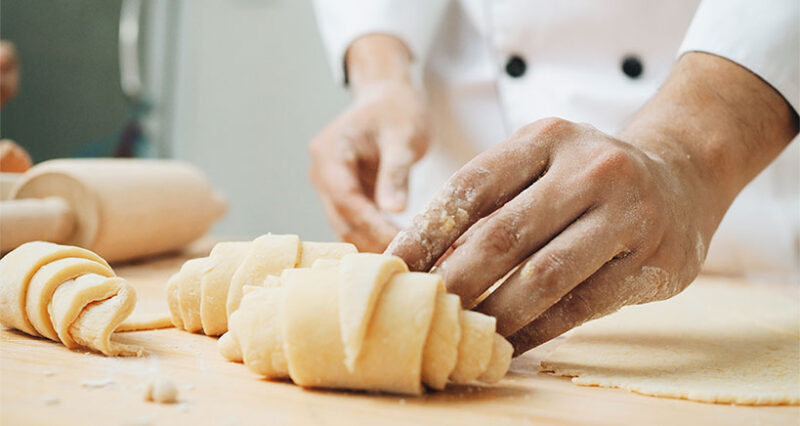
In my kitchen, cultural boundaries are invitations to create, not barriers to respect. Pastry becomes more vibrant when it borrows freely, techniques, ingredients, and stories blending into something that resonates with the present
The spark happens when flavors meet in unexpected harmony, creating new expressions that still acknowledge their origins.
I will never forget the first time I tried a dessert that merged French patisserie craftsmanship with Southeast Asian spices.
Every bite carried the elegance of French technique alongside the warmth and depth of flavors I associated with home-cooked comfort. Neither influence overshadowed the other. Instead, they coexisted in a way that felt honest to both traditions.
A more personal example happened when a friend ordered a box of truffles from an online French chocolate shop.
I had just baked spiced chai cookies, and we decided, on a whim, to enjoy them together.
The pairing wasn’t on any menu, and no culinary historian would call it “authentic.” Yet the joy of that moment felt as genuine as any recipe passed down for generations.
- French precision in the truffles met the aromatic spice of my cookies.
- The contrast created a flavor memory I can still recall vividly.
For me, that is authenticity too, not in strict historical reproduction, but in the emotions, connections, and stories food has the power to create.
Personal Lens
Every pastry I craft is shaped by the tension between artistic vision and practical limits. Authenticity, to me, has never been about copying a recipe word for word from decades past.
It is about respecting the origins of an idea while letting it evolve to suit the present moment and my personal style.
My heritage, the places I have called home, and the people I have baked for all influence my creations.
When I recreate a pastry inspired by my grandmother’s kitchen, my goal is not a perfect visual or flavor match. My goal is to capture the same comfort and warmth she brought to her baking.
The aroma, the texture, the way it made people gather at the table, these elements matter far more to me than strict adherence to a formula.
What shapes my sense of authenticity in pastry:
- Personal heritage and cultural influences
- Experiences living and baking in different places
- The emotional response a pastry creates
The Cultural and Colonial Lens
Authenticity is never just about flavor on the tongue. It is bound up with cultural narratives, historical legacies, and the ways power shapes whose food is celebrated and whose is sidelined.
Over the years, I have noticed how the same act of adaptation can be judged entirely differently depending on who does it.
I have seen home cooks in immigrant communities swap out ingredients simply because the original ones were impossible to find where they lived.
These adjustments, born out of necessity and resourcefulness, sometimes lead to those dishes being labeled as “less authentic,” as if authenticity were a museum exhibit that could not be touched.
Yet when an upscale Western restaurant makes those same substitutions, they are described as inventive, forward-thinking, and refined. That contradiction says more about cultural bias than about the food itself.
In pastry making, I have watched certain flavors be placed into a strange category, pandan, ube, black sesame, hailed as daring and exotic in some circles, while in their places of origin they are simply part of everyday life.
Such framing can shift the way people experience those flavors, turning them into fleeting curiosities instead of honoring the deep culinary traditions they come from.
For me, the narrative around a dish is as important as the ingredients in it. When flavors are presented through a lens of respect, they invite people into the culture that nurtured them. When they are treated as novelties, they risk reducing that heritage to a marketing gimmick.
Authenticity, in my eyes, should not be a rigid label that keeps food in a cultural box. It should be an ongoing conversation built on respect, openness, and a willingness to learn.
Pastry deserves to be celebrated for the histories and stories it carries, while leaving room for evolution that honors its roots without silencing the voices that shaped it.
Summary
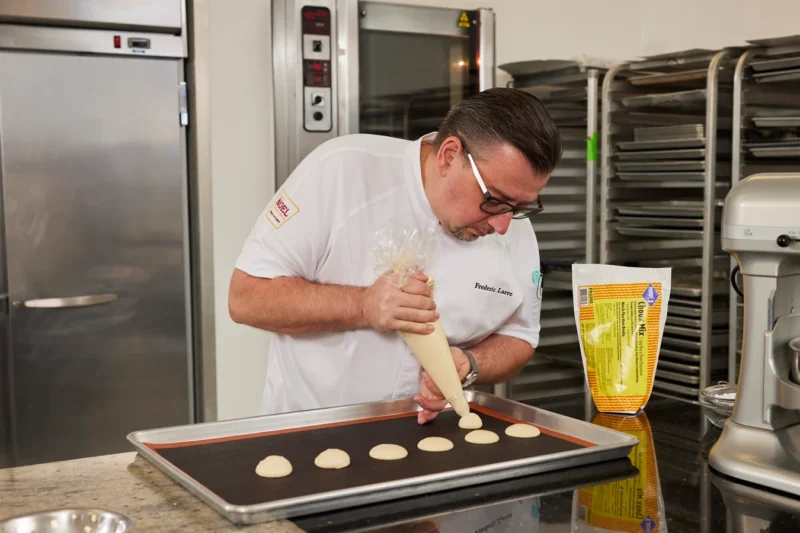
Authenticity in pastry, for me, is a moving target shaped by personal history, creative freedom, and cultural awareness.
Chasing a single, frozen version of a recipe often misses the point of why we bake in the first place.
Instead of obsessing over the most “authentic” version, I choose to focus on intention, respect for origins, and creating something delicious.
Pastry feels most authentic when it speaks with the voice of its maker and reflects the story it wants to share.


